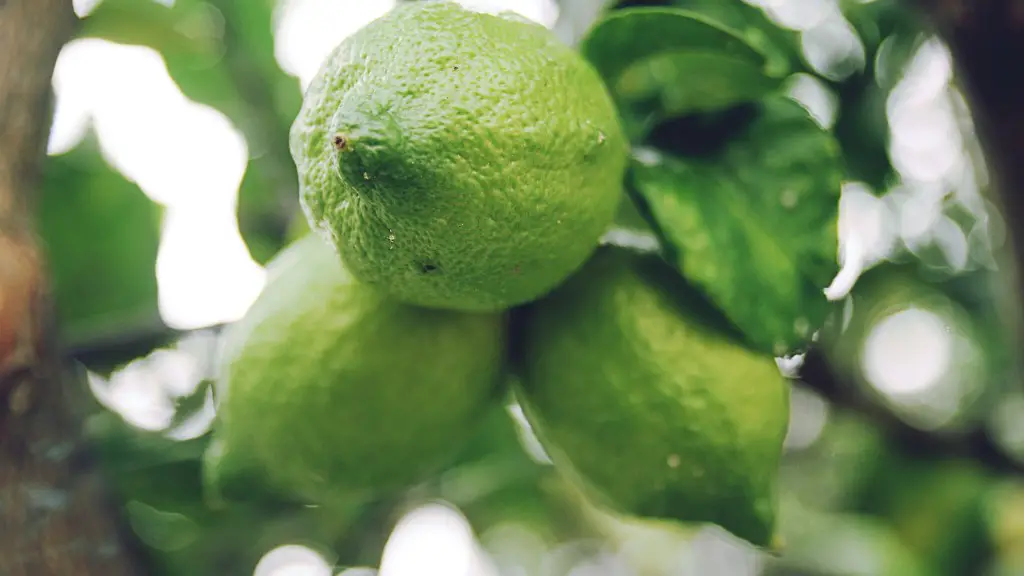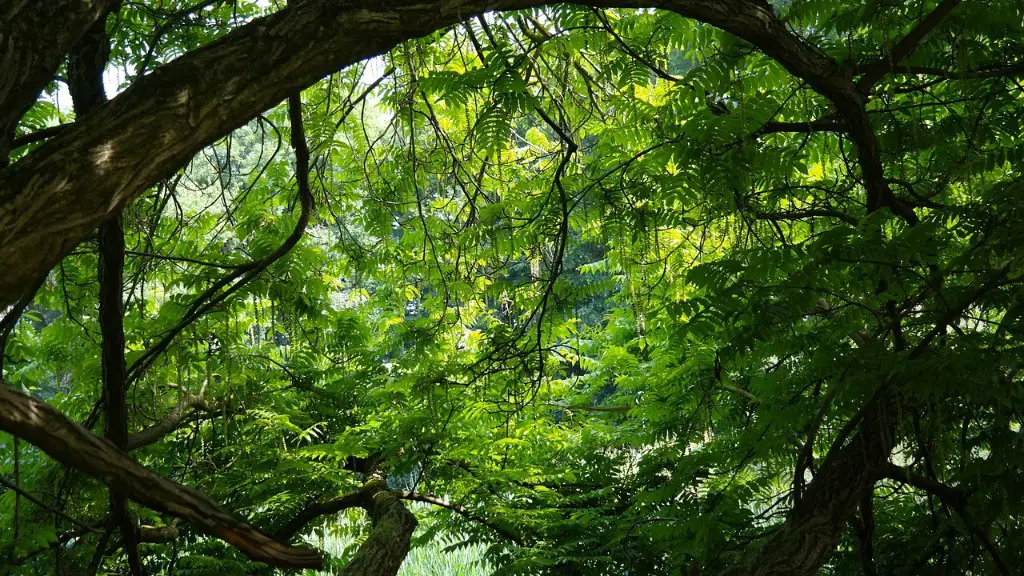Basic Steps
Growing an avocado tree from the seed of an avocado requires effort and patience – it can be done, however, and with success. The first step is to cordon off a warm spot in the house where the seed can be placed in a temperature range between 65 – 71 degrees Fahrenheit. Plant the seed with the pointed end facing up into a container of potting soil. Make sure to select a suitable size container, keeping in mind the size the tree will grow to, and be sure it has drainage. Covering the seed with a light layer of soil is recommended.
As the plant grows, systematically increase the light exposure, allowing it to adjust to brighter conditions. If left in the same spot for too long, the leaves may develop brown patches. When the stem of the avocado tree is about 6 or 7 inches tall, growing in a healthy manner, it may be time to transplant the plant.
Transplanting
Transplanting includes additional steps for proper growth and health of the avocado tree. When picking a location outside, select a spot with partial shade and well-drained soil. Make certain to center the tree in the designated area and tamp the soil around it so the tree is secure. If it is necessary to change the soil, mix the existing soil with one which is a combination of potting soil, peat, and sand.
Water the plant regularly, not allowing the tree to dry out, but avoiding over-watering as well. Adding a layer of mulch will help to keep the soil moist. Establishing a trellising system as the tree grows is necessary, and should be done right away. Make certain to use biodegradable materials for support, such as bamboo. When the tree has grown tall enough for the trellising system to be used, thread the stems through it.
Fertilizing
Fertilizing is essential for the proper and health growth of the tree. Fertilize with a balanced fertilizer in the beginning of the growing season and periodically throughout the year, being careful to follow the guidelines on the package. During the fall, when the tree is going dormant, reduce the fertilizer as the tree needs less sustenance as it is not actively growing. Fertilizing too heavily can lead to the suffering of the avocado tree.
Pruning
Pruning the avocado tree is important in achieving a full, healthy plant. Do this periodically, removing any unnecessary or dead branches. Prune the middle of the tree to allow more light in to the branches. Be careful, and only prune a maximum of one third of the tree, as this can reduce the fruiting potential and also diminish the health of the tree.
Proper Pest Management
Avocado trees are vulnerable to attack by pests, ranging from scale insects to mealybugs. These pests can cause extensive and costly damage to the plant, so early recognition and proper treatment is essential. If a pest infestation is recognized, using pesticides is necessary to rid the tree of the pests. When applying pesticides, be sure to read the instructions on the bottle and be safe in regards to the surrounding environment.
Harvesting
Harvesting can occur between two to five years after planting the avocado seed, depending on the species. When the avocado has reached the desired size and is ripe, it will fall off of the tree when given a gentle tug. If the avocado does not detach easily, it is probably not ripe and needs to stay on the tree a little longer.
Protecting Your Tree
Additionally, there are certain steps to take to protect the avocado tree during extreme weather conditions. Avocado trees are vulnerable to frost and wind, so during winter make sure to cover the tree, preferably with materials such as burlap. During high winds, covering the tree with a cloth can protect it from breakage. During heat waves, keep the tree well watered.
Propagating Avocados
When the avocado tree is big enough, it may be possible to propagate it – or create additional trees from one. This can be achieved by cutting the stem of the tree, and burying the segment in a potting mix, making certain to use the same methods mentioned in the previous step of transplanting. Leaves may need to be minimally trimmed when propagating, depending on the directions of the leaf buds. Establishing an adequate light exposure and water schedule is necessary to keep the newly propagated avocado tree healthy and thriving.
Common Problems with Avocado Trees
Avocado trees are prone to certain issues, including root rot. To prevent this, it is essential to make sure not to overwater the tree, as the roots need air for healthy growth. Additionally, it may be necessary to address nutrient deficiencies which can lead to yellow or brown spots in the plant, as well as growth issues. A fertilizer rich in potassium, phosphorus and nitrogen should be added, as this can restore the health of the tree.
Diseases and Avocados
In some cases, avocado trees may be vulnerable to certain diseases, such as anthracnose and Botryosphaeria Canker. Both of these diseases must be addressed right away and proper actions taken after a diagnosis is made. Depending on the severity of the disease, it is possible to remedy it with sterile pruning and specific fungicides.
Conclusion
Growing an avocado tree can be done with great success, though it does require patience and proper care. Careful consideration of the tree’s environment and needs, such as light exposure and proper fertilizing, is essential for it to thrive. The rewards from the effort can result in abundant harvests of fruit, many of which can be shared and enjoyed.


